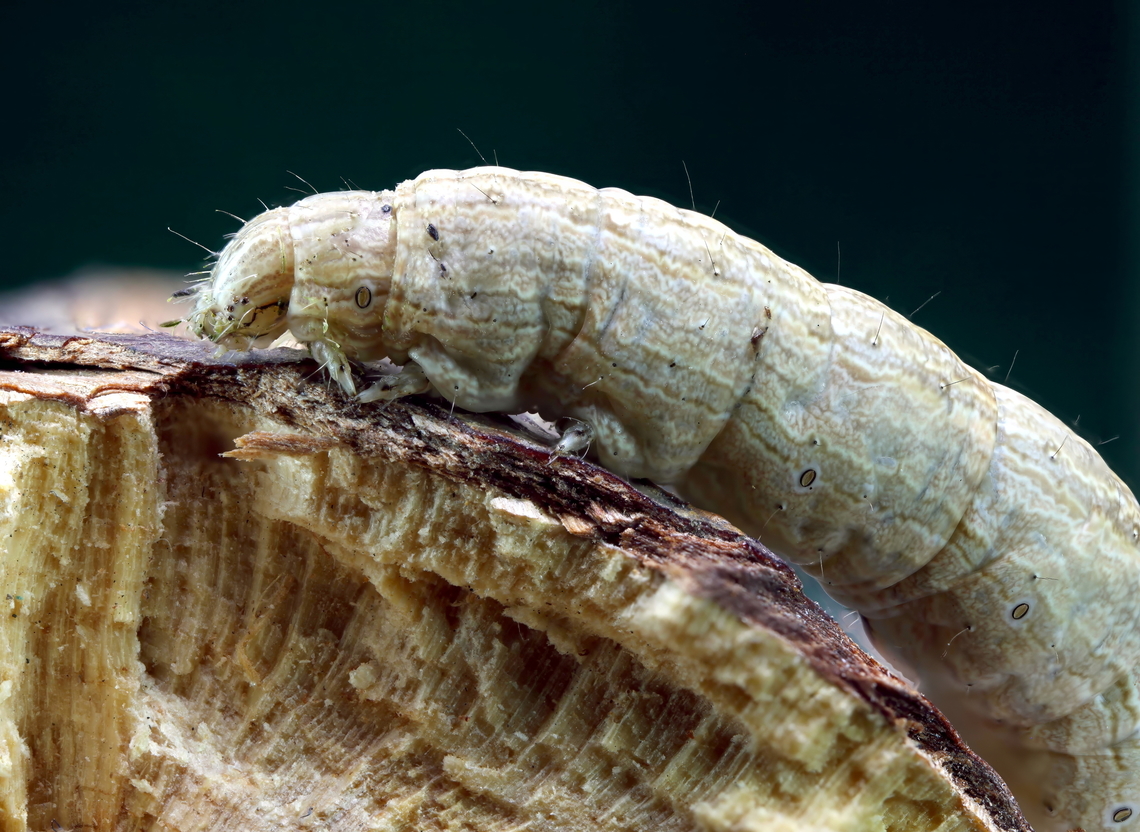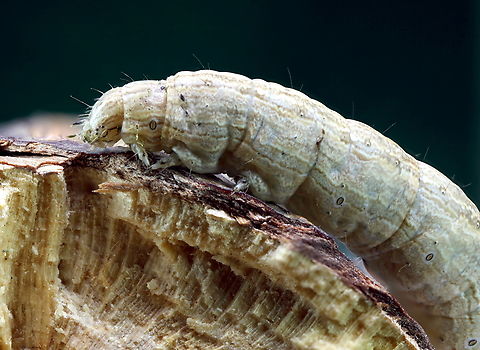 PromotedSpecies introCountry intro
PromotedSpecies introCountry intro
Variegated Cutworm (Peridroma saucia)
The oval-shaped rings you’re seeing along the sides of the cutworm are called spiracles.
Spiracles are small external openings of the insect’s respiratory system. They lead into internal tubes called tracheae, which carry oxygen directly to the tissues. Unlike mammals, insects don’t breathe through a mouth or nose — they breathe through these spiracles.
They are evenly spaced, one per body segment on each side of the abdomen. Each spiracle is surrounded by a darkened, often oval or circular ring, which makes them stand out (exactly as seen in the image).
In cutworms and many moth larvae, these rings are diagnostic — they help entomologists distinguish between similar species. The larva can open or close the spiracles to regulate airflow and prevent water loss — especially useful in hot, dry environments like Mesa, AZ.
When resting or burrowing in soil, spiracle closure helps them survive periods of dryness.

"Peridroma saucia", the pearly underwing or variegated cutworm, is a moth of the family Noctuidae. The species was first described by Jacob Hübner in 1808. It is found in North and South America, Europe, Asia and Africa.

comments (1)
What is it feeding on? Posted one month ago